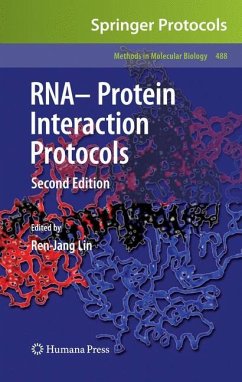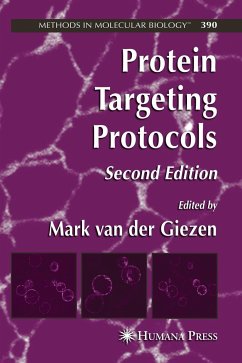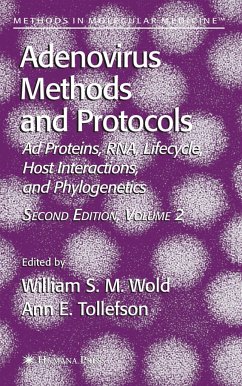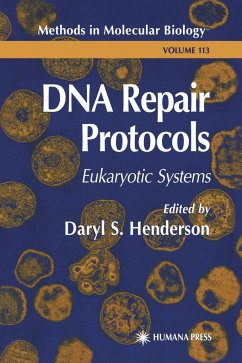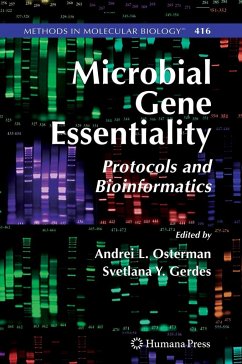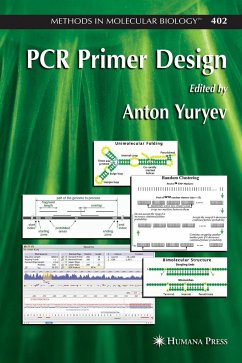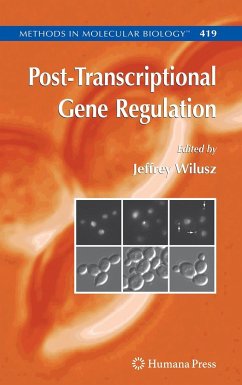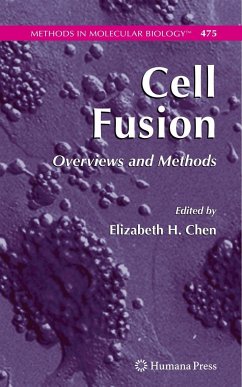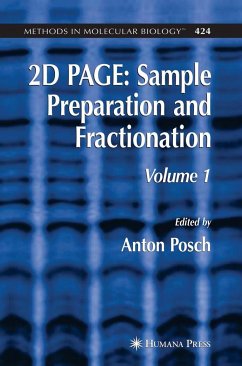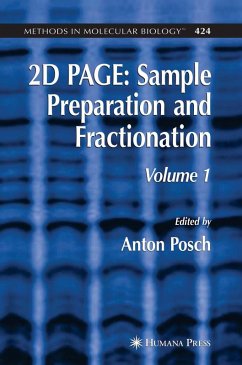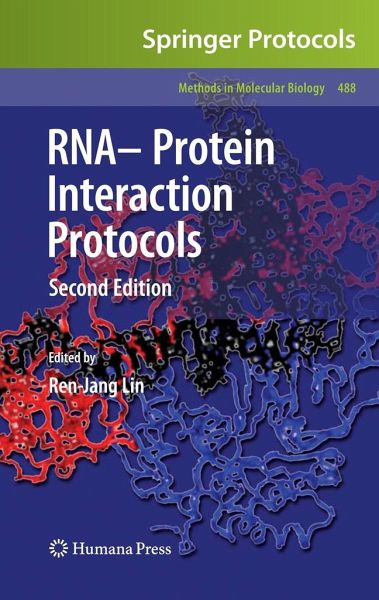
Rna-Protein Interaction Protocols
Versandkostenfrei!
Versandfertig in 6-10 Tagen
76,99 €
inkl. MwSt.

PAYBACK Punkte
38 °P sammeln!
Due to the vital biological importance of RNA and proteins functioning together within a cell, a protocol volume describing experimental procedures to study their interactions should find a home in many laboratories. RNA-Protein Interaction Protocols, Second Edition updates, complements, and expands upon the popular first edition by providing a collection of cutting-edge techniques developed or refined in the past few years along with tried-and-true methods. The expert contributors explore the isolation and characterization of RNA-protein complexes, the analysis and measurement of RNA-protein ...
Due to the vital biological importance of RNA and proteins functioning together within a cell, a protocol volume describing experimental procedures to study their interactions should find a home in many laboratories. RNA-Protein Interaction Protocols, Second Edition updates, complements, and expands upon the popular first edition by providing a collection of cutting-edge techniques developed or refined in the past few years along with tried-and-true methods. The expert contributors explore the isolation and characterization of RNA-protein complexes, the analysis and measurement of RNA-protein interaction, and related novel techniques and strategies. Written in the highly successful Methods in Molecular Biology(TM) series format, the chapters include brief introductions to the material, lists of necessary materials and reagents, step-by-step, readily reproducible laboratory protocols, and a Notes section which highlights tips on troubleshooting and avoiding known pitfalls.
Comprehensive and up-to-date, RNA-Protein Interaction Protocols, Second Edition is an ideal guide for researchers continuing the study of this all-important biological partnership.
Comprehensive and up-to-date, RNA-Protein Interaction Protocols, Second Edition is an ideal guide for researchers continuing the study of this all-important biological partnership.



